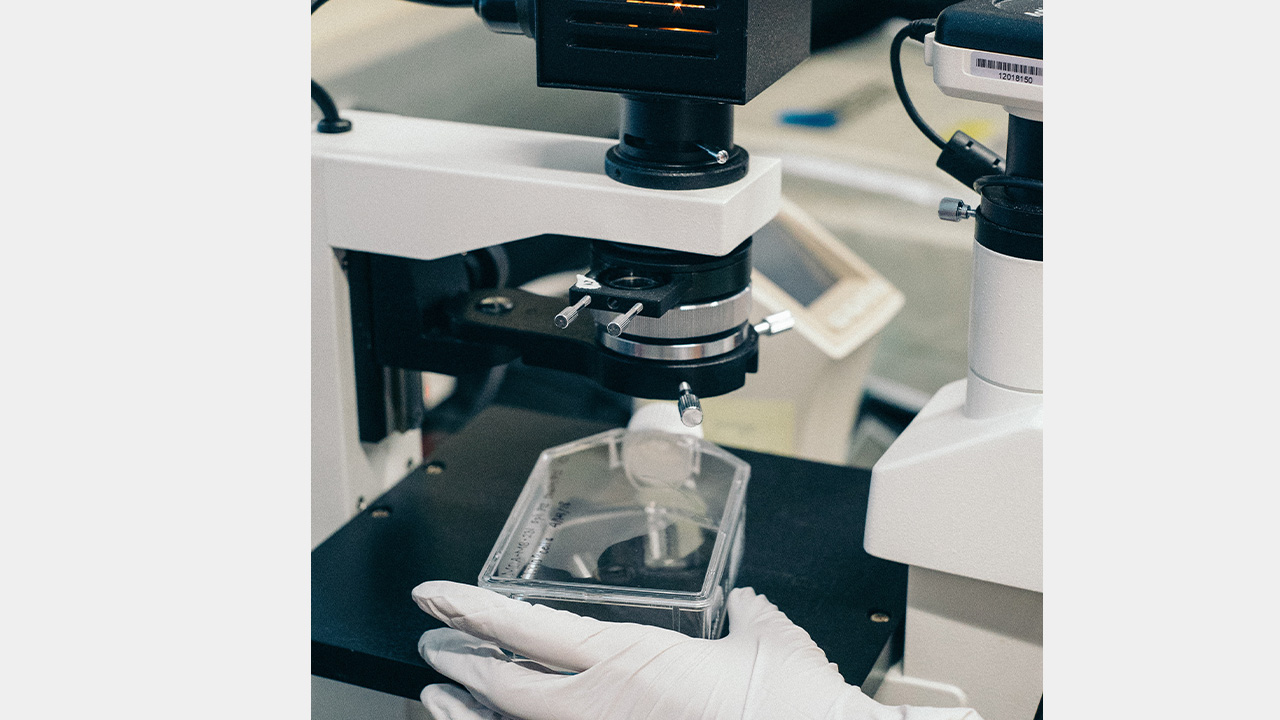According to a recent analysis conducted by CBRE, Miami/Fort Lauderdale and Tampa have experienced significant growth in biological and biomedical science graduates over the past five years. CBRE evaluated the largest 74 U.S. life sciences labor markets against various criteria, such as the number and concentration of life sciences researchers, the number of new graduates with life sciences degrees (especially doctorate degrees), the concentration of all doctorate degree holders, and the concentration of jobs in the broader professional, scientific, and technical services professions. Based on the evaluation, CBRE released its second annual ranking of the leading U.S. life sciences talent markets.
“Demand for life sciences research workers is above pre-pandemic levels,” Matt Gardner says, CBRE Advisory Services Life Sciences Leader. “We’re also seeing a closely balanced ratio of hiring to job cuts in the biopharma industry compared with the technology sector and the broader economy, which positions the life sciences to remain stable despite an economic downturn.”
The Miami/Fort Lauderdale area has been recognized as one of the U.S.’s top 25 life sciences labor markets. In particular, the region has seen a rise in its life sciences research talent ranking, moving from 22nd in 2022 to 20th. This is mainly due to the high concentration of researchers in the area. Additionally, Miami/Fort Lauderdale is among the 15 markets with a growth rate higher than the national average, at 16%. As a result, the region’s pool of life sciences researchers has grown by 19% between 2017 and 2022, reaching 4,260. Furthermore, the area has produced many new life sciences graduates, with 3,307 graduates in 2021. Miami/Fort Lauderdale has the country’s sixth-fastest growth rate of new life sciences graduates.
For the second year in a row, Tampa has been recognized as an emerging life science talent cluster due to its high number of graduates in life science-related fields and the substantial funding it has received from the National Institutes of Health (NIH). Between 2016 and 2021, the city experienced significant growth in new life science graduates, ranking fourth in the country for the fastest growth rate. Tampa also ranked 13th in the total number of life science degrees obtained across all U.S. markets. Compared to other emerging life science talent clusters, Tampa received the fourth largest amount of funding from the NIH, with $179 million, trailing only behind Columbus ($306 million), Cincinnati ($262 million), and Indianapolis ($240 million), respectively.
Nationally, it has been reported that the growth of U.S. life sciences researchers has remained resilient in the face of economic concerns. Over the past 20 years, the number of life sciences researchers in the U.S. has increased by 87%, significantly higher than the 14% increase for all U.S. occupations. It is worth noting that research jobs have remained within those 20 years, even during three recessions and amid a tight labor market in recent years.
The headcount for life sciences research professionals, which includes biochemists, epidemiologists, and data scientists, grew by 3.1% in 2022, reaching a record high of 545,000 experts. This growth outpaced the overall job growth rate in the United States, which was 2.2% last year. Established markets like Boston/Cambridge and the San Francisco Bay Area and emerging hubs like Atlanta, Dallas/Fort Worth, and Miami/Fort Lauderdale drive the demand for life sciences research jobs.













